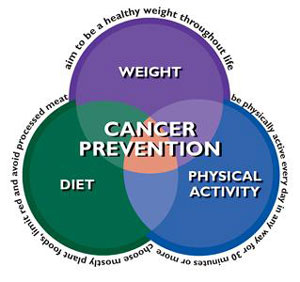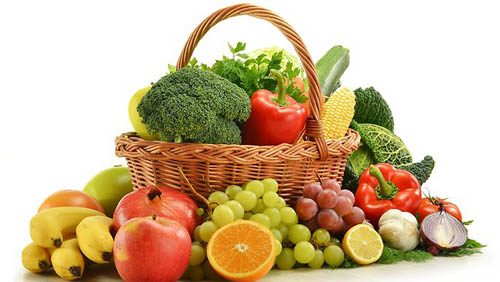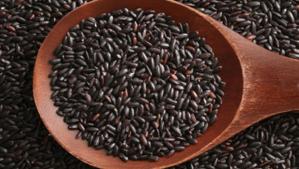
Black rice (also known as purple rice) is a range of rice types of the species Oryza sativa L., They are rare and a very old variety of rice which has been grown in India for centuries. It is mainly grown in the North east and the southern parts of India.
Other names
Varieties include,
- Indonesian black rice
- Thai jasmine black rice
- Chak-haoin Manipur
- Karupu kavuni in Tamil nadu. Even today, there is no royal family Chettinad wedding without a dessert with Kavuni Arisi.
- The forbidden rice by Chinese
This black rice or so-called ‘the forbidden rice’ by Chinese is one such ancient variety that became a part of cuisine in olden days.
Olden day usage of the rice
Black Rice was once served only for royal family in china. General public was denied access to this rice, probably merchants were always friends with royal families that’s how they got their hand with this rice varities. During the days of the Ching and Ming dynasties Forbidden Rice was exclusively reserved for the Chinese Emperors to ensure their longevity and good health. Eventually, common people were allowed to eat the rice. Since then, it has become a nourishing staple that is reputed to promote long life and good health.

In ancient days, when a girl attends puberty, they used to make black rice pudding (called as puttu also known as Rangoon puttu). This is because this will help her stabilizes her body and increase the iron in blood and stops accumulating fat in back and hip region, a place women add more fat. Over a period of time, we forgot the black rice and we only followed the ritual and pudding part. Even today, in some part of villages, when a girl is getting ready to be married, they used to give black rice based food to rebuild her into proper shape.
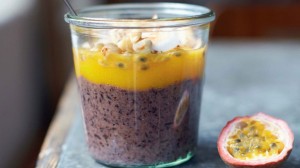
Nutrition value
Black rice has 18 amino acids, zinc that counts for immunity, iron that counts for carrying oxygen and the list goes like, copper, carotene, anthocyanin and several important vitamins.
A one-half cup serving of cooked black rice, or about ¼ cup uncooked, contains approximately (in daily recommended values):
- 160 calories
- 1.5 grams of fat
- 34 grams of carbohydrates
- 2 grams of fiber
- 5 grams of protein
- 4% DV for iron
Wondering how black rice compares to other rice varieties? Here’s how the different types of rice differ in terms of nutrient content when we compare an 100gm serving of each kind:
- Polished white rice – contains 6.8 protein, 1.2 iron, 0.6 fiber.
- Brown rice: 7.9 protein, 2.2 iron, and 2.8 fiber.
- Red rice: 7.0 protein, 5.5 iron, and 2.0 fiber.
- Black rice: 8.5 protein, 3.5 iron, 4.9 fiber, and the highest amount of antioxidants of any rice variety.
You can see that black rice contains the highest amount of antioxidants, protein and dietary fiber of all rices varieties; plus black rice is also a good source of iron which can be hard to get for plant based eaters who rely on grains and legumes for protein.
Rich In Antioxidants.
AMERICAN CHEMICAL SOCIETY (ACS) SAYS, ONE SPOONFUL OF BLACK RICE CONTAINS MORE ANTHOCYANIN ANTIOXIDANTS THAN A SPOONFUL OF BLUEBERRIES.
Black rice is a source of iron, vitamin E and antioxidants (more than in blueberries). The bran hull (outermost layer) of black rice contains one of the highest levels of anthocyanin found in food. The grain has a similar amount of fiber to brown rice and, like brown rice, has a mild, nutty taste.
The Anthocyanin content found in black rice is way more than most grains and this is what makes this grain stand out in comparison to other super foods like quinoa, red rice, etc. Studies have shown that the Anthocyanin antioxidants in grains helps the body to protect against heart diseases, cancer and many more.
Rich In Fiber
Black rice is loaded with fiber and minerals. A typical bowl of 100gms of black rice serving has over 4.9 grams of fiber. This is double the amount of fiber available in brown rice.
So, if you are looking to include something fiber rich in your diet then it is better to start consuming Black Rice than any other varieties of rice.
Anti-inflammatory Properties
Black rice is a naturally healing food. Research has shown Black rice to reduce inflammatory compounds in your body and increase the anti-inflammatory compounds.
This increase in the anti-inflammatory compounds help in reducing inflammation in various diseases like cancer, arthritis and allergies.
A Natural Detoxifying Agent For Your Body
Black rice a rich and natural detoxifying agent. Studies have shown that the phyto-nutrients in black rice help detoxify your body and remove harmful toxins from your liver. The rice is good for live function as it helps remove toxins from the liver and detoxifies it.
A Gluten Free Grain
Black rice is a gluten-free grain. For those with gluten allergies and Celiac disease, it is a good alternative.
Helps Fight Diabetes
The Black Rice bran contains fiber, which in turn helps glucose to be absorbed by your body over a longer period of time.
Research has proven that eating whole grains like Black Rice helps your body lower the risk of type 2 diabetes and also keeps your weight in check in addition to boosting your energy levels.
So if you are diabetic then you should consider substituting Black Rice to white rice in your daily diet as it way better and helps fight diabetes.
Your Weight Loss Partner
Because of its rich fiber content, black rice satiates the appetite and makes you feel fuller for a longer time. When considered with other rice varieties, consuming just one-third of black rice gets you the necessary nutrients and fills the hunger cravings. Thus, it aids weight-loss as well. . In addition researchers have found out that whole grains like Black Rice help prevent insulin resistance in your body which leads to and is related to risk of becoming over-weight/obese.
Promotes Healthy Heart
A healing food like Black Rice has been shown to reduce the atherosclerotic plaque formation in the arteries which is the main reason for a heart attack and stroke.
In addition to this Black Rice also helps to reduce the 2 common factors in heart disease, namely LDL, triacylglycerol and total cholesterol.
In ancient days, when a girl attends puberty, they used to make black rice pudding (called as puttu also known as Rangoon puttu). This is because this will help her stabilizes her body and increase the iron in blood and stops accumulating fat in back and hip region, a place women add more fat. Over a period of time, we forgot the black rice and we only followed the ritual and pudding part. Even today, in some part of villages, when a girl is getting ready to be married, they used to give black rice based food to rebuild her into proper shape.
Cooking tips for Black rice
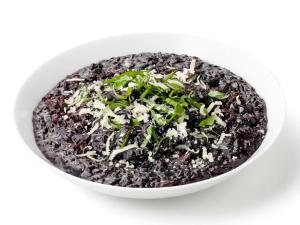
Black rice has a deep black color and usually turns deep purple when cooked. Its dark purple color is primarily due to its anthocyanin content, which is higher by weight than that of other colored grains. It is suitable for making porridge, dessert, traditional Chinese black rice cake, bread, and noodles.
Because it is unrefined and denser than white rice, black rice takes longer to cook. The best results can be achieved by first soaking your black rice for at least one hour before cooking it, but preferably for several hours.
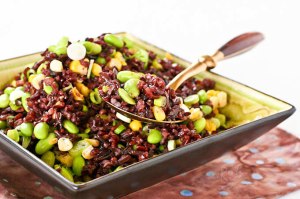
It makes a delicious side dish all on its own with some salt and pepper, but can also be added to stir fries, soups and stews, or sprinkled on top of a salad. Add cooked black rice to homemade veggie burgers, in burritos instead of white rice, or served with fresh roasted vegetables and your favorite source of protein.
Some people even chose to grind the dry rice kernels in a coffee grinder or food processor and then use the ground rice to bake with, coat fish with, or just to sprinkle over other foods for an extra antioxidant boost.
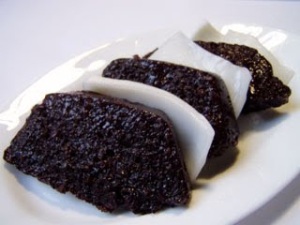
Black rice has been used in traditional Chinese desserts and snacks to make a dessert porridge, black rice cakes or breads, noodles, and more. So as you can see, there are plenty of options for adding some to your diet.
Another interesting application for black rice is to use it as a natural food coloring agent. Currently some small manufacturers add black rice either ground or in extract form to beverages and foods in order to avoid using artificial dyes and ingredients which can be harmful in numerous ways.
Here are some links which would help you for black rice recipes
http://elvisalakshi.blogspot.in/2013/03/kavuni-arisi.html
http://kitchenrhapsody.blogspot.in/2012/03/kavuni-arisiblack-sticky-rice-and.html
http://ranistreat.blogspot.in/2013/08/kavuni-arisi-sweet-pongal-black-rice.html
http://www.cheftamil.com/inippu-kavuni-arisi-in-tamil-sweet-wild-rice-recipe-tips-to-cook-wild-rice_3b7a9be40.html
http://chettinadrecipesblog.blogspot.in/2013/07/kavuni-arisi-chettinad-special-sweet.html
http://delightsofcooking.blogspot.in/2008/09/kavuni-arisi-payasam.html
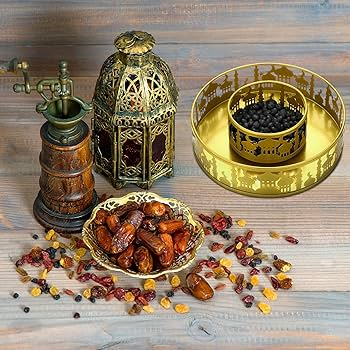



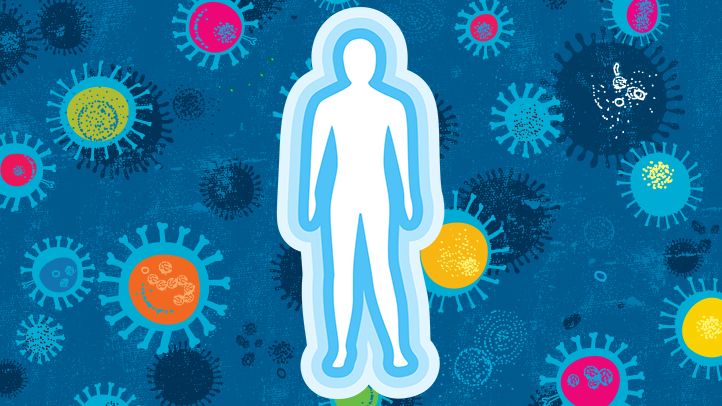

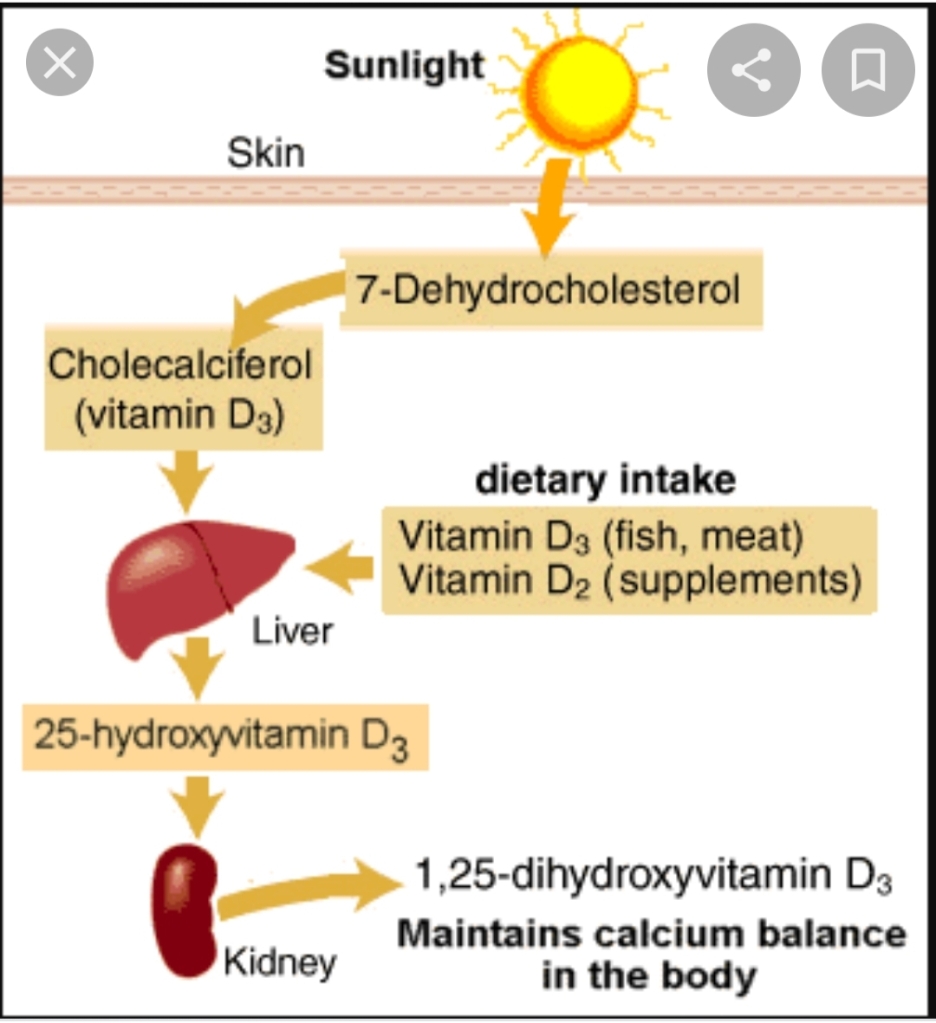


 By
By 
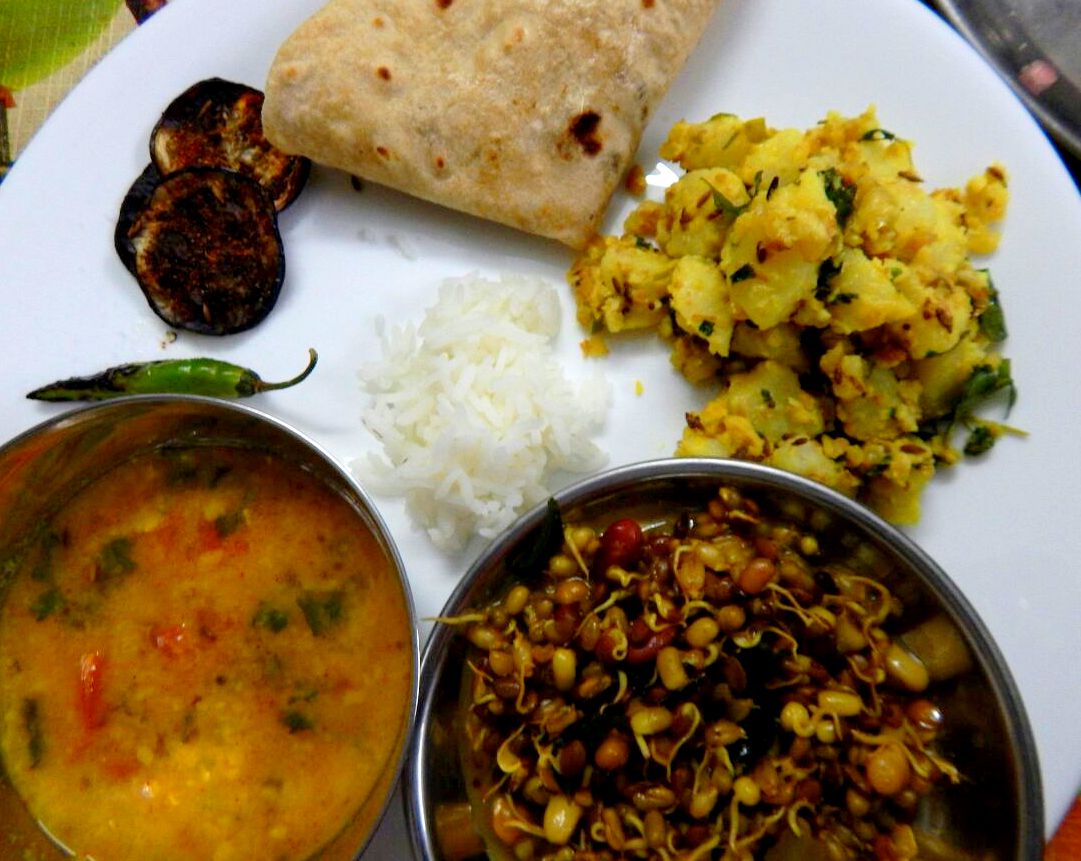
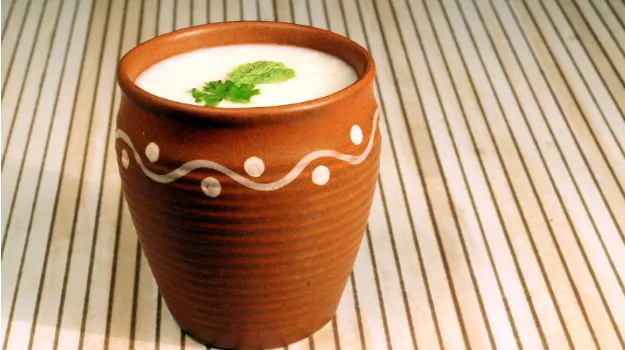
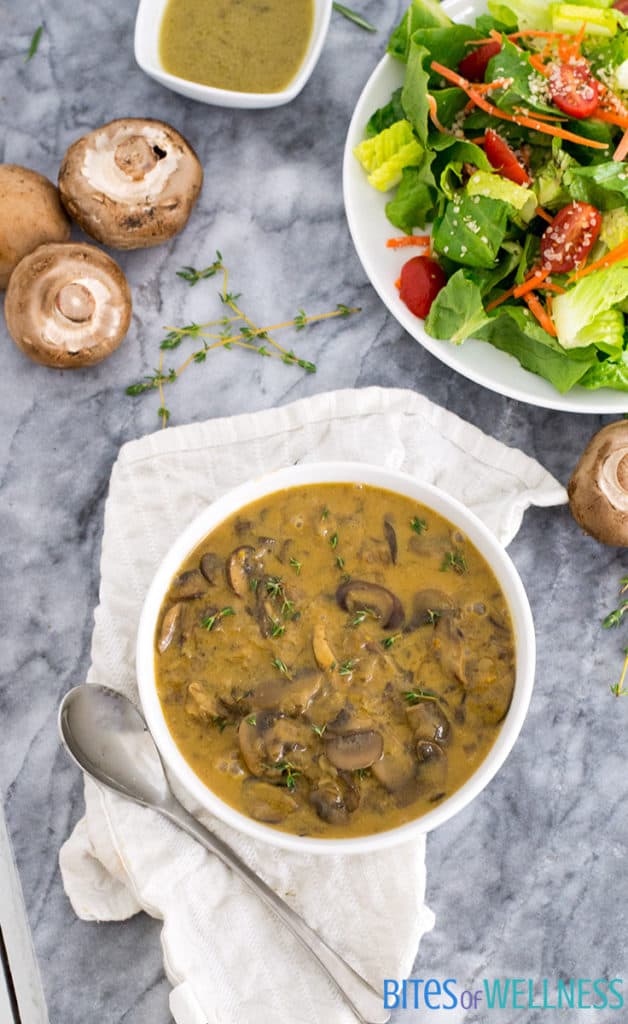




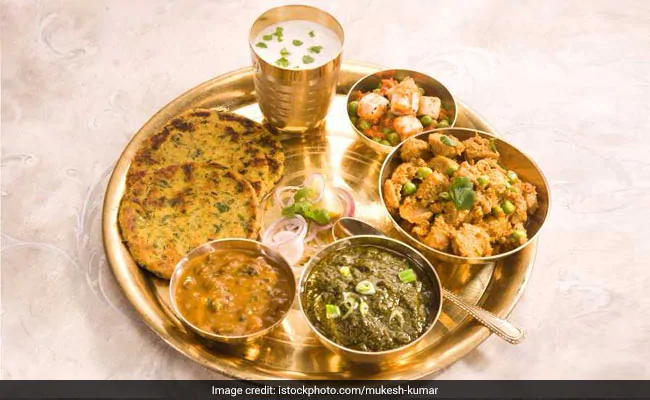



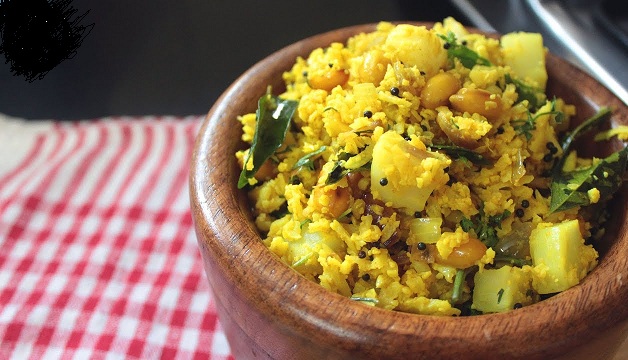










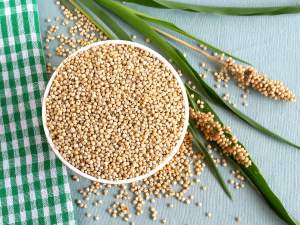


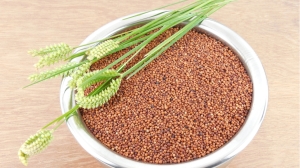








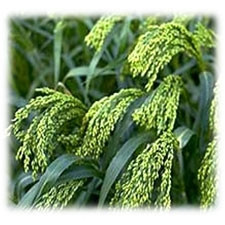
:max_bytes(150000):strip_icc()/millet-57ec3ebf5f9b586c35d33451.jpg)
 The side effects of cancer and cancer treatment that can affect eating include:
The side effects of cancer and cancer treatment that can affect eating include: